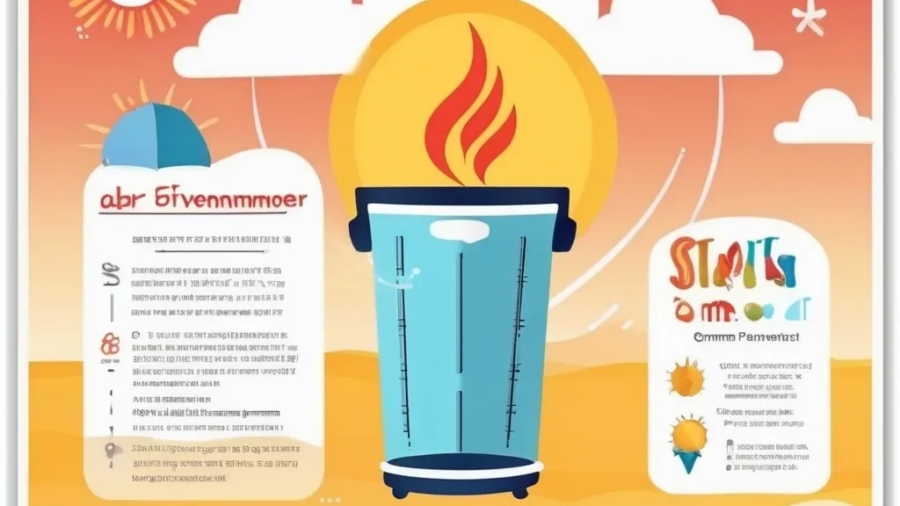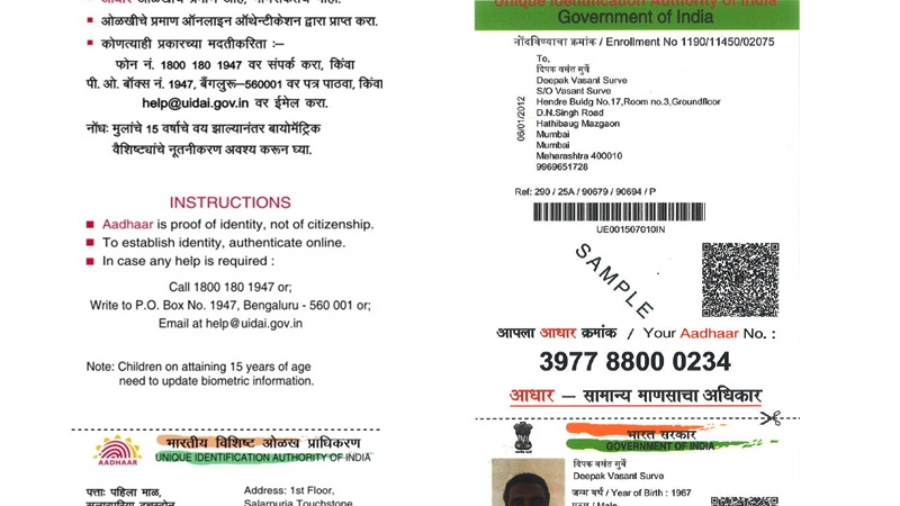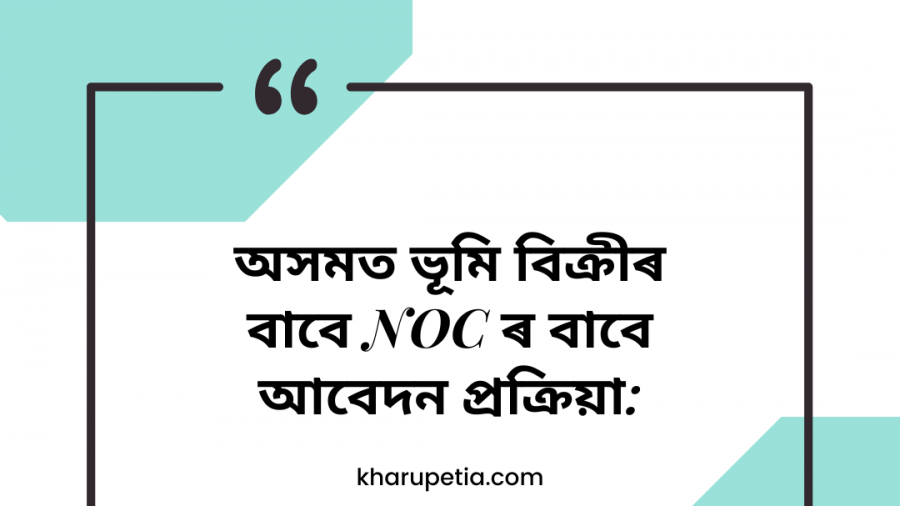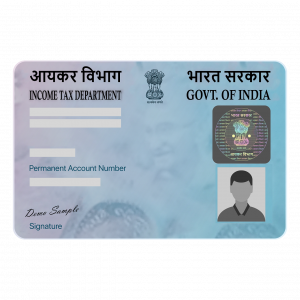Heatwaves during the summer in India are common, and the extreme heat can lead to discomfort and, in severe cases, life-threatening conditions. Heat-related illnesses like heat exhaustion and heat stroke are particularly prevalent during this time.
Heat exhaustion occurs when the body overheats, typically resulting in a body temperature of up to 104°F. On the other hand, heat stroke is a more severe condition, where the body temperature rises rapidly and can quickly become life-threatening, requiring immediate medical attention.
Difference between Heat Exhaustion and Heat Stroke
One of the key differences between these two conditions is sweating. Heat exhaustion is often characterized by heavy sweating, while heat stroke typically involves reduced or no sweating. Other symptoms can help differentiate them:
Symptoms of Heat Exhaustion:
- Agitation
- Cool, clammy skin
- Confusion or anxiety
- Dizziness
- Excessive thirst
- Fainting
- Muscle cramps
- Nausea
- Slow heart rate
- Fatigue and weakness
Symptoms of Heat Stroke:
- Confusion, delirium, or unconsciousness
- Seizures
- Decreased urination, possible blood in urine or stool
- Dizziness or vertigo
- Severe fatigue
- Headaches
- Nausea and vomiting
- Rapid heartbeat
- Shortness of breath
- Hot, flushed skin
Preventing Heat Stroke and Heat Exhaustion
Both conditions are preventable. You can reduce your risk by taking simple measures to avoid overheating:
- Wear loose-fitting, lightweight clothing to allow your body to cool down effectively.
- Protect yourself from the sun by wearing sunscreen (SPF 15 or higher), a hat, and sunglasses.
- Stay hydrated by drinking plenty of fluids, helping to regulate your body temperature.
- Avoid intense physical activity in extreme heat and limit your time outdoors.
- Consult your doctor before taking medication, as certain drugs may increase body temperature and worsen the effects of heat.
Treating Heat Stroke and Heat Exhaustion
Treatment focuses on reducing the body’s temperature as quickly as possible. Common approaches include:
- Immersion in cold or ice water to quickly reduce body temperature and lower the risk of serious complications.
- Using the evaporation technique, where cold water is sprayed on the body while warm air is fanned, promoting rapid cooling.
- Applying ice packs or using cooling blankets to bring the body temperature down.
- Administering medications to prevent shivering, which can hinder cooling efforts by raising body temperature.
Finally, remember to take regular breaks in cooler environments and use air conditioning or fans when necessary to stay cool during hot weather.










